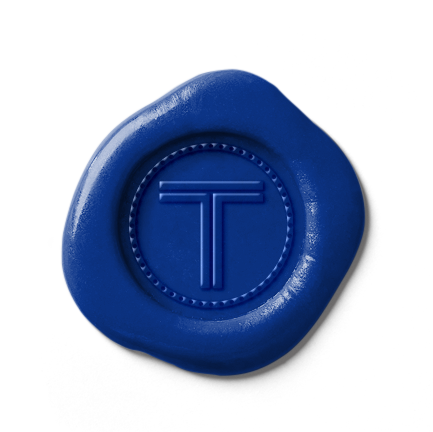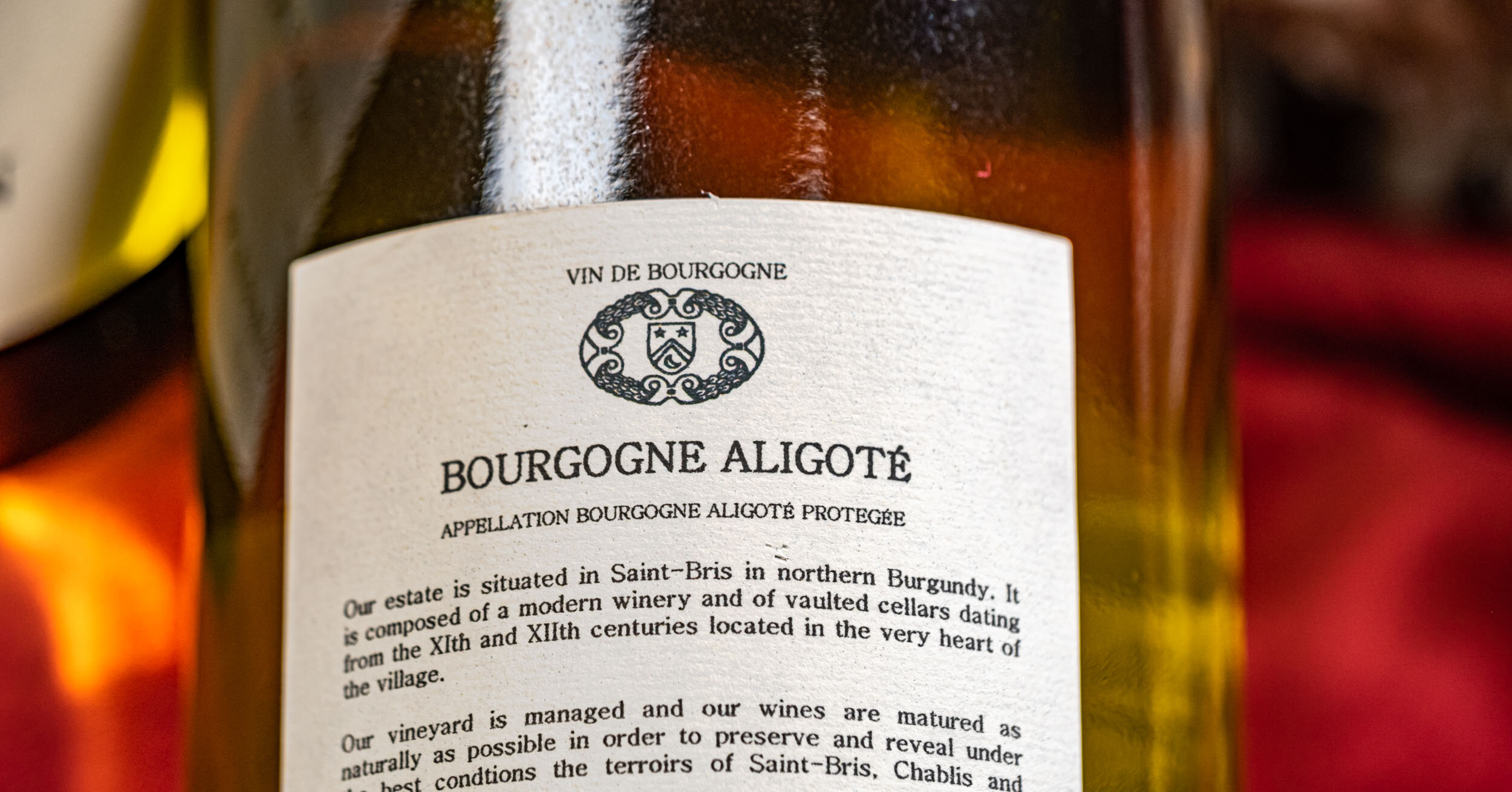Beyond the Label
A wine label can tell a story… but not give you a lot of facts.
Honesty in Winemaking
By Spencer Brooks
Wine labeling is an unusual business.
With food, labeling is transparent. You know what you’re eating, down to the last ingredient. With wine, however, things are a bit different. Because of differences in labeling laws, wine producers don’t have to put an ingredient label on the wine they make.
One reason for the lack of labeling is that, for millennia, wine was a one-ingredient product. Why include a nutrition label when wine contained grapes and nothing else?
Today, however, most wines aren’t always made so simply. Thanks to advancements in food chemistry, there are a number of wine additives that make wine production easier. In the United States there are 76 winemaking additives approved by the FDA[1], while the European Union allows 59 additives[2]. They include preservatives, defoaming agents, fermentation enhancers, flavor enhancers, and even colorants or dyes.
It’s difficult to know exactly what’s in your glass.
In most of the conventional wine world, additives are welcome tools. They provide a great deal of control over each step of the winemaking process. They’re especially popular with large-scale commercial producers who want to produce identical vintages of wine, year after year. Additives allow you to overcome yearly fluctuations in temperature, rain, sweetness, acidity, and other natural variations that depend on the season.
But creating the same wine year after year isn’t necessarily a good thing. Natural, seasonal variations add texture to the wine world. They allow a single style of wine to express itself more broadly over the years. With additives, wine is no longer in touch with Nature. It’s the same thing, year after year—and eventually it gets boring.
That’s one reason why, in the world of Natural wine, additives are so unpopular. Daniele Tuccori is the cellar master for Calafata, a biodynamic wine grower in Tuscany. He doesn’t allow a single additive in his cellar. Going without them has forced him to refine his technique over the years—and as a result, his wine is extraordinary.
“I can understand using clarifiers or preservatives,” he says. “They make things easier. But colorants I don’t understand. Wine is the color it is.”
Daniele also talked about the biggest wine additive he avoids.
“A lot of producers use gum arabic to give wine more body. It makes the wine feel richer when you drink it. But gum arabic also gives you a headache the next day.”
There are issues with other additives too. If you ever drink red wine and notice that your teeth are stained afterward, it’s probably because of Mega Purple—a colorant that a lot of wineries use to “color correct” their wines and cover up vegetal flavors. Dan Berger, a wine journalist, interviewed many of the biggest U.S. wineries and reported that the vast majority of U.S. red wine under $20 contains Mega Purple[3].
The trouble is that, without ingredient labels, you can’t tell what extra ingredients are in the wine you drink. In the bottle, a wine filled with additives and a wine made without them look more-or-less the same. Without labeling, commercial winemakers can hide their shortcomings and make poorly-made wine look better than it really is.
This is why Dry Farm Wines lab tests every bottle of wine we sell. We believe that wines taste best when they’re pure, and that world-class winemakers don’t need to rely on additives to produce good wine.
At DFW, we lab test each wine, and publish the lab results for your peace of mind.



